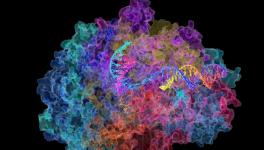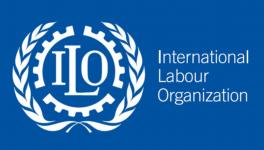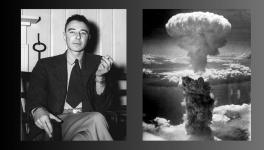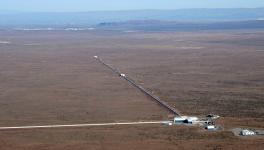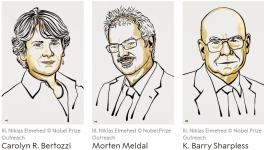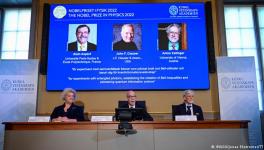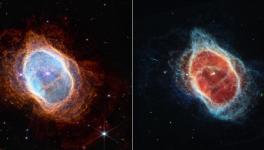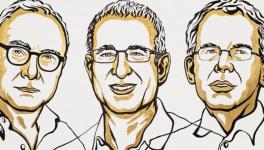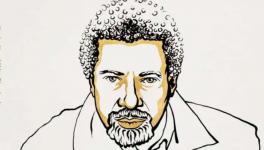Nobel Prize Rewards Individuals, But Scientific Discoveries Now Happen at an Industrial Scale
The Nobel Prize for Physics this year has been awarded to three American physicists – Rainer Weiss, Kip Thorne, and Barry Barish – for conceptualising and leading the experimental setups that led to the discovery of gravitational waves. One half of the 9 million Swedish kroner prize would go to Weiss, while the other half would be divided between Thorne and Barish.
The three scientists were instrumental in the building of LIGO (Laser Interferometer Gravitational-Wave Observatory), the gargantuan apparatus which detected the gravitational waves on the morning of 14 September, 2015. Gravitational waves were part of Albert Einstein’s General Theory of Relativity, and were theorised a century ago. The waves are ripples in the fabric of space-time, and are produced by violent interactions between cosmic objects, such as collisions between huge neutron stars, or merging black holes. The gravitational waves detected by LIGO came from the merging of two black holes more than a billion light years away.
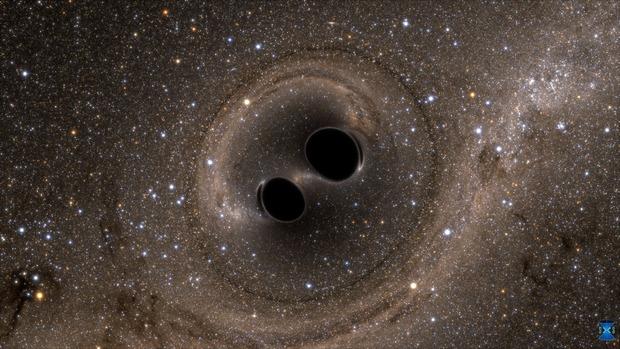
Merging blackholes
While the role played by the three scientists who have been awarded the Nobel Prize cannot be understated, the fact that the Prize was awarded just to these three scientists still raises some questions. The discovery of gravitational waves was the culmination of a decades-long effort with scientists contributing from all over the world. The construction of LIGO, the most expensive National Science Foundation project, was done solely for the purpose of the detection of gravitational waves. Its total cost to the American tax payers was about 1.1 billion US dollars.
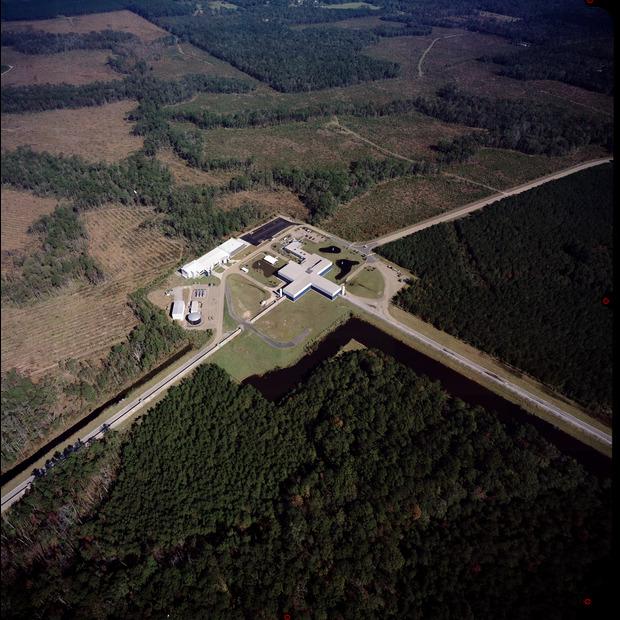
LIGO LOUISIANA
LIGO consists of two huge detectors placed around 3,000 km apart, one in Louisiana, and the other in Washington. Each detector consists of an L-shaped vacuum system, with each side of the L measuring about 4 km in length. The work involving the detection of the waves using this huge apparatus involved more than 1,000 scientists all over the world. Fred Raab, the head of the Washington site, told the New Yorker: “Most of the action takes place on the phone.” There are weekly meetings with collaborators in Australia, India, Germany, the United Kingdom, and other countries.
To verify that the detection made by LIGO was indeed a gravitational wave, painstaking work was done in analysing huge datasets and validating every aspect of the detection. There are subgroups within the LIGO Scientific Collaboration (LSC) which went about the task of checking the calibration of the instruments, ruling out possible environmental disturbances, and weeding out all the possible alternative causes for the detected ripple, before it was declared to be a gravitational wave.
There is also another group within the LSC which creates bogus “evidence” of gravitational waves to keep the scientists constantly vigilant.
Kip Thorne said in his statement after receiving the Prize: “The prize rightfully belongs to the hundreds of LIGO scientists and engineers who built and perfected our complex gravitational-wave interferometers, and the hundreds of … scientists who found the gravitational-wave signals in LIGO’s noisy data and extracted the waves’ information.”
The act, then, of singling out three scientists for the award is problematic. The nature of modern science is collaborative rather than individualistic. Giving the prize to select individuals undermines the contributions of others in bringing about the discovery. The experiment, after all, was a result of a joint effort between theoretical and experimental physicists. The former were responsible for calculating what a signal from a collision between two black holes would look like, and the latter designed the observatory which would detect the signal.
This problem was seen earlier as well in the year 2013, when the Nobel Prize was awarded to Peter Higgs from UK, and Francois Englert from Belgium. The two scientists had originally proposed the theory for the existence of the Higgs boson, a tiny particle without which the Standard Model of Particle Physics would have remained incomplete. Higgs and Englert were two of six scientists who had individually discovered the Higgs boson theoretically, and all six had published their findings at around the same time. Englert’s co-researcher Robert Broud died in 2011, and was thus not eligible for the Prize, since it is not awarded posthumously. The Physics Nobel Prize of 2013 still ignored the other three scientists who discovered Higgs boson. It also ignored the crucial contribution of thousands of physicists and engineers who designed and built the Large Hadron Collider (LHC), one of the world’s most expensive and complex experimental facilities, which detected the actual existence of the Higgs boson, and proved the theorists right.
There were two research groups of about 3,000 scientists each, which extracted the data that confirmed the existence of the Higgs boson from billions of particle collisions that occurred in the Hadron Collider.
Scientific discoveries today happen at an industrial scale with international collaborations. The decision of the Nobel Committee to award individuals rather than teams does not give a proper picture of how modern science functions. It is paramount, therefore, that the limitations of the archaic model of the Nobel Prize being shared by not more than three people are recognised.
Disclaimer: The views expressed here are the author's personal views, and do not necessarily represent the views of Newsclick.
Get the latest reports & analysis with people's perspective on Protests, movements & deep analytical videos, discussions of the current affairs in your Telegram app. Subscribe to NewsClick's Telegram channel & get Real-Time updates on stories, as they get published on our website.









